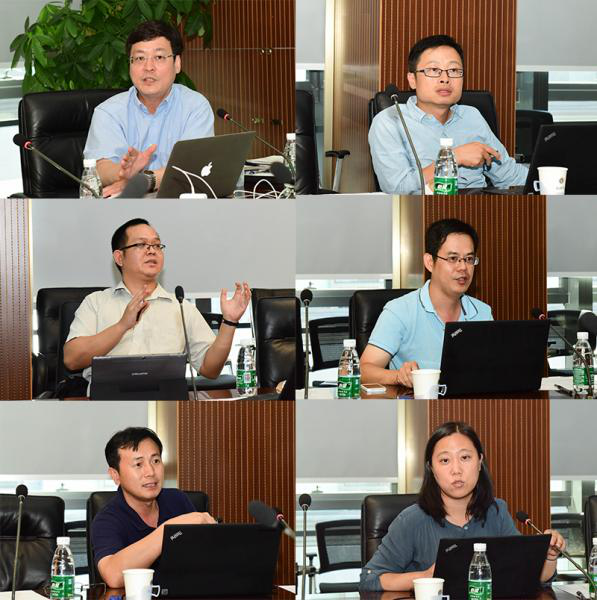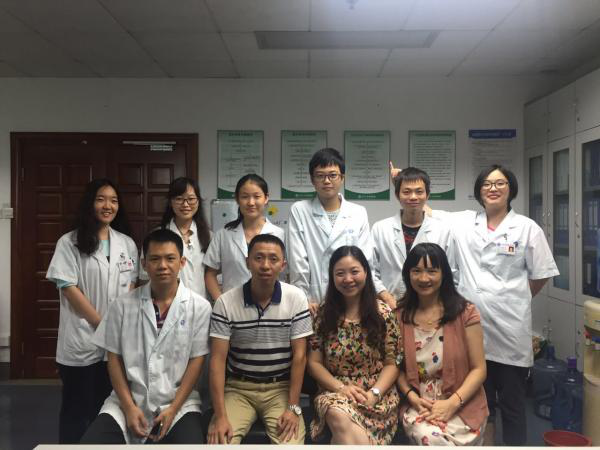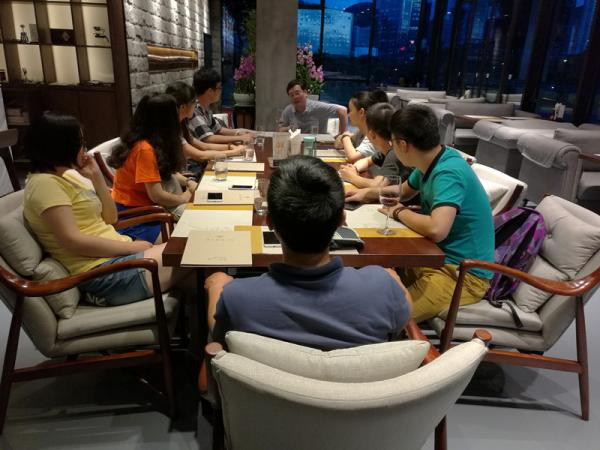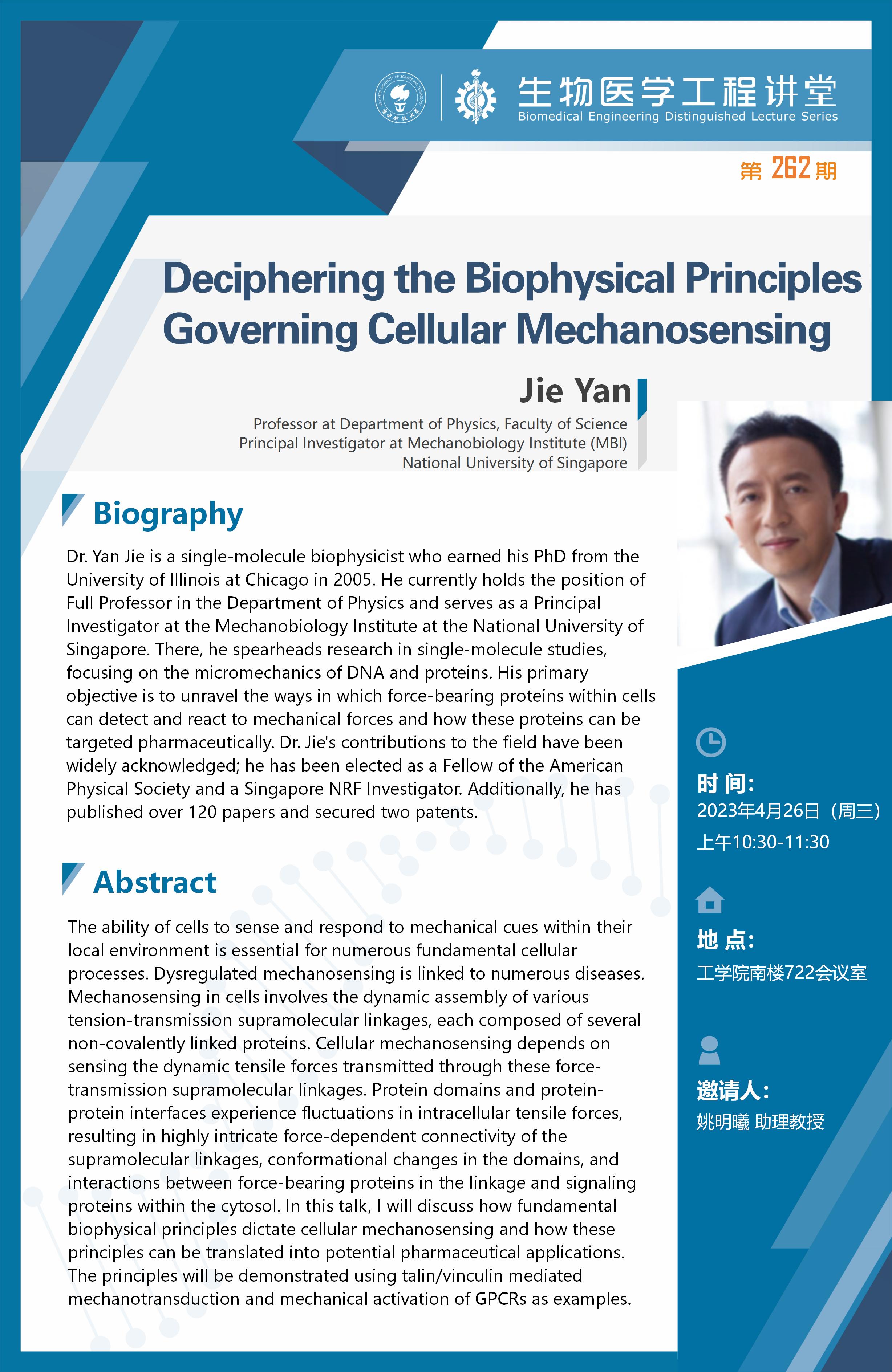On July 23, 2016, a seminar on the strategic planning and development of Biomedical Engineering at our university, presided over by the department’s founding Dean Prof X. Edward Guo, was successfully held in conference room 301 in the Executive Building. It attracted no fewer than 18 bigwigs from government, industry and academia, including President Chen Shiyi, Dean Professor Xiao Guozhi of the Department of Biology, Professor Tian Yanqing, Deputy Director of the Department of Materials, Chen Fangyi, the department of Biomedical Engineering’s Executive Director, Associate Professor Tang Bin, Associate Professor Chen Fei, Associate Professor Tian Leilei of the Department of Materials, and leaders of the Ministry of Planning and Development, Ministry of International Cooperation and the staff of the Biomedical Engineering, Shenzhen ET- Medical Technology Co. Ltd.
The first item on the agenda was the research report on Biomedical Engineering at our University. This represented the first time that professors in Biomedical Engineering had come together to map out our research direction and priorities and lay down a solid foundation for a joint declaration on biomedical engineering projects.

A brilliant presentation by Professors
The second item on the agenda was a mission and vision statement on the establishment of Biomedical Engineering Department from our leaders. Prof X. Edward Guo began by defining the vision behind the collaboration between SUST and Columbia University, and introduced the underlying 3A concept, 3A being Adventurous, Arduous and Amiable. This is the ideal to be upheld and adhered to by all staff and students.

Prof X. Edward Guo on the “3A” culture
President Chen Shiyi endorsed the 3A culture for Biomedical Engineering, putting forward his own expectations and requirements. The first is internationalization. This can be achieved through frequent exchange visits with world-class universities and peers, while piggybacking on our partnership with Columbia University. Aim high in launching a world-class faculty. The second is, be bold and proactive to achieve a leapfrog development. A talent assessment system must be in place to recruit and retain researchers who not only produce research papers, but who are dedicated to the core of research interests. We need to usher in innovative talents.

President Chen Shiyi on his expectations of biomedical engineering
The third item is a brain-storming session. On the development of the Biomedical Engineering, Prof Xiao Guozhi is brimming with confidence. He pledged unconditional support by the Department of Biology for this new initiative, as well as research coordination in various fields. This was followed by a free-wheeling discussion by professors present on the key research direction, industrialization, internationalization, talent scouting, on top of exchanges and cooperation at home and abroad.

Prof Xiao Guozhi on his vision for biomedical engineering
Finally, under the chairmanship of Prof X. Edward Guo, the participants hammered out a shorter term 2016/17 action plan, plus a longer five-year plan for the development of Biomedical Engineering, with an overarching developmental thinking.

Strategic Planning in action

President Chen Shiyi and biomedical engineering staff members






